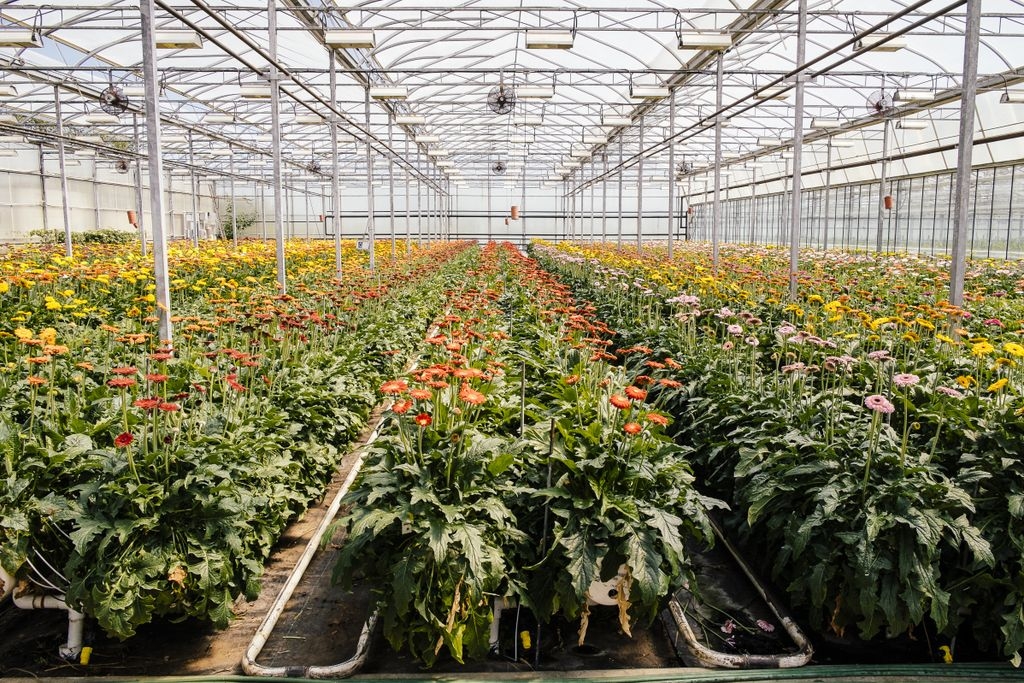
Features
Business
Management
New agricultural environmental management regulations for BC: An overview
September 18, 2019 By BC Ministry of Agriculture

Introduced earlier this year, new rules for agricultural environmental management were put in place for all agricultural operators in British Columbia, including greenhouse growers.
After years of science and evidence-based analysis and, more importantly, conversations with agricultural operators throughout the province, the new regulation called the Code of Practice for Agricultural Environmental Management (AEM Code) came into effect on February 28, 2019. The goal is to provide more clarity for the sector while better protecting the environment for all British Columbians.
Greenhouse growers will see some requirements are continued from the previous regulation, such as no direct discharges. Some have been revised to clarify expectations and others are new – several of which are being phased-in over the next decade.
While the AEM Code applies to all agricultural operations in BC, from small hobby farms to large commercial operations, it has been built with the understanding that not all agricultural operations are the same and there are differences from one region of the province to another. Various requirements are contingent on an operation’s location, size, and type of activity.
The AEM Code takes a different approach, with the aim to ensure that watercourses and groundwater are protected through proper storage and use of nutrient sources and other materials, such as wood residue, and to prevent impacts to water quality and air quality. Requirements are more clearly outlined. They’re:
- Outcome-based ― requirements are focused on the desired outcome and growers can choose the best, environmentally-sound options that work for their circumstances;
- Risk-based and science-based ― groundwater research and surface water quality monitoring informed the definitions for high-risk areas;
- Soils samples are required to be taken for fields that have nutrients applied to help determine what measures are necessary on specific farms.
Greenhouse growers need to follow a basic level of environmental protection, and many are already doing what the regulation requires. Requirements will affect agricultural operations differently depending on whether they are in a high-risk area, what their current practices are, and the nature and size of their operation. More protective measures now need to be taken in high-risk areas and during high-risk conditions.
These include:
- prohibiting direct discharges of wastewater or solids into watercourses ― wastewater will need to be treated prior to discharge;
- ensuring minimum setbacks for various activities, and proper storage requirements are followed;
- preventing contaminated runoff, leachate, solids or air contaminants from entering watercourses, crossing property boundaries, or going below the seasonal high water table;
- registration for boilers and heaters with greater 0.15 MW capacity, and emissions limits for opacity and particulate matter;
- agronomic nitrogen application rates for both nutrient applications to land and other than to land;
- collecting and containing wastewater, contaminated runoff, or leachate, such as from hydroponic operations or fertigation and preventing splashing onto the ground that can leach down into the groundwater; and
- record-keeping to demonstrate compliance; and
- increased monitoring and protective measures in high-risk areas, during high-risk conditions, such as,
- protective bases for greenhouses and storage structures in vulnerable aquifer recharge areas;
- covering temporary field-stored piles, including agricultural by-products or wood residue, in high precipitation areas from October 1 to April 1.
Learn more by visiting gov.bc.ca/Agricultural-Environmental-Management
Questions? AEMCoPenquiries@gov.bc.ca
Print this page